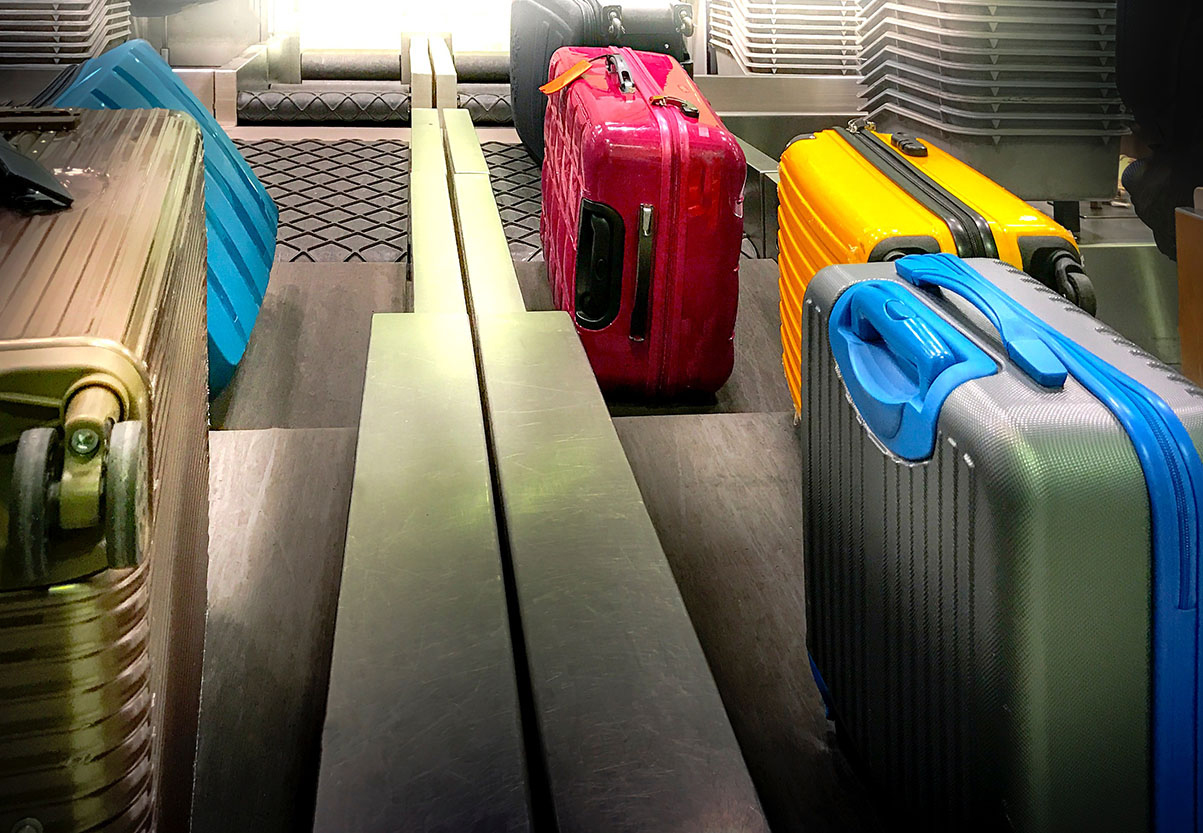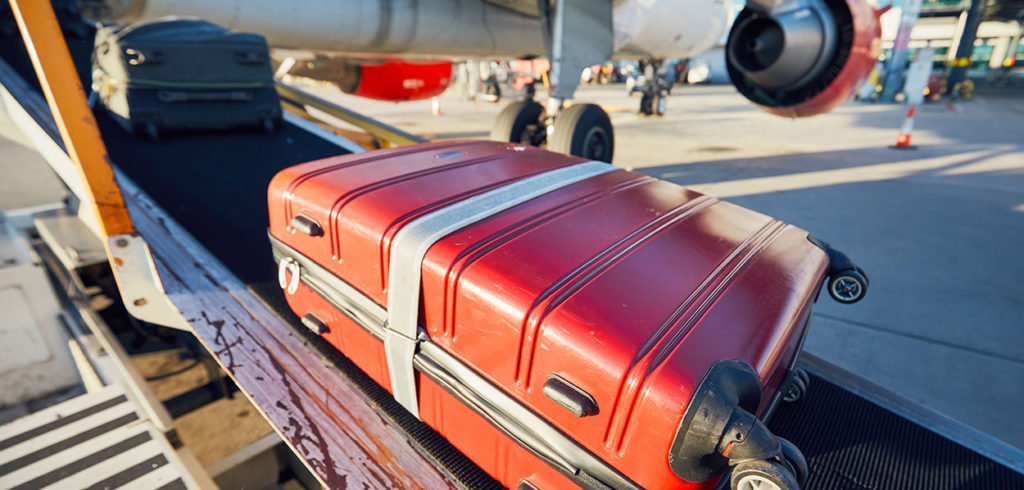Peter Drummond, portfolio director baggage at SITA, outlines the impact of smooth baggage processing on the overall passenger experience, and highlights the strides being made by the air transportation industry as it works toward IATA Resolution 753 compliance.
The 18-day period from December 19 to January 5 is one of the busiest for air travel. It’s a time of year when the industry’s baggage systems are truly put to the test! So it’s really positive to see that in the latest SITA Air Transport IT Insights report airlines and airports are continuing to invest in bag drop and bag tracking to enhance the passenger journey.
It means the air transportation industry clearly understands the emotional attachment we all have to our baggage when we travel. It’s also well aware of the impact that a poor baggage experience can have on customer satisfaction.
And remember, when we talk about baggage in air transportation, we’re talking huge volumes. According to IATA more than 4.36 billion passengers flew in 2019. This equates to around 4.27 billion bags carried and checked in. With such gargantuan numbers to deal with, bag processing is complex. Investment in this area is seen as vital to making operations more efficient and improving passenger satisfaction.
The rise of self-service bag drop
SITA’s Air Transport IT Insights report shows that to speed up passenger flows and efficiencies airlines are continuing to invest in two types of baggage self-service: assisted and unassisted bag drop.
Assisted bag drop is now widely available, with nearly three quarters of airlines having implemented this service.
Unassisted bag drop is becoming the one to watch, however. It means an even greater degree of automation at the airport. This year is the first time we’ve seen airlines switch investment to this offering. With 55% of airlines saying they’ve implemented unassisted bag drop, it’s definitely gathering momentum.
Airports have also recognized the efficiency potential of unassisted bag drop. The trend toward unassisted bag drop is predicted to speed up over the next three years, with 75% of airports globally implementing it by 2022.

Bag tracking – a steady but slow mover
In the context of IATA’s Resolution 753, we’ve seen bag tracking move forward. This year 59% of airlines have implemented real-time bag tracking information for staff to improve operations, for example.
IATA Resolution 753 requires all airlines to track baggage at five key points in the journey, and to share that information with other carriers on an interline trip. This includes check-in, loading, delivery to the transfer area, arrivals and – in the event of a mishandled bag – tracking all the way to the passenger’s location. The Resolution is designed to address the challenge of baggage mishandling by putting in place cross-industry tracking for every bag’s journey.
Despite this, airlines have shown little improvement in baggage tracking since 2018, with just 14% of airlines able to track baggage across more than 75% of their route network. This is only up 6% from 12 months previous.
The willingness and intention is undoubtedly there, but because of the granularity and scale of such a project, progress takes time. The good news, however, is that airlines are optimistic for 2022. Nearly half of airlines plan to have tracking capabilities in place for over 75% of their network routes.
It’s great to see that airports are also contributing, despite evolution still being slow. Bag tracking at aircraft loading has increased from 37% to 39%, for example, but this is a very minor rise. Again, what we must remember is that these are complex projects to deploy across destinations, and again they take time to instigate.
One observation is that there’s definitely a correlation between bag tracking and airport revenue: 75% of the top 50 airports, for example, have already implemented tracking at make-up and aircraft loading areas. In addition, almost 50% have tracking capabilities for the transfer and arrivals areas.
Sharing information with passengers
Keeping passengers informed improves customer satisfaction. So, it’s little surprise that there’s a real willingness to share baggage tracking information with passengers.
There is no shortage of ambition. The Air Transport IT Insights report shows that while only 22% of airlines have implemented real-time bag tracking for passengers, as many as 77% plan to have it in place by 2022.
Our SITA 2019 Passenger IT Insights report echoes the link between well-informed passengers and customer satisfaction. Where more mobile services have been provided in relation to passengers’ baggage, satisfaction levels have surged.
In 2018, passengers who used their mobiles to receive updates about baggage collection, for example, were 8% more satisfied than those who relied on traditional voice announcements and flight information screens.
Volume of baggage will only grow
With IATA predicting 8.2 billion air passengers in 2037, the number of bags is only going to grow. The air transportation industry needs to be prepared.
Resolution 753 was designed to advance airport and airline operations, but it has also opened up big opportunities for airlines and airports to enhance customer satisfaction.
Enlightened organizations are grasping the opportunity, investing in technologies that will make this happen.

SITA’s vice president, Catherine Mayer, will lead a panel discussion – The modern airport: sibling rivalry in the digital age – at this year’s Passenger Terminal CONFERENCE on Day 2 as part of the of the Technovation: Innovation & Transformation stream. The full conference program can be found here.

